GraphQL is the modern technology based on industry standards used for moving data between modern applications and the cloud. It is said to be the new standard in the app development sector.
In simpler words, GraphQL is the modern approach of building and querying APIs. GraphQL offers a very exquisite approach for information recovery, more backend security, and expanded queries proficiency.
In this blog, we're going to discuss-
- Basic introduction of GraphQL
- Uses of GraphQL
- What best practices can we perform with GraphQL?
- How GraphQL is different from REST?
- Users of GraphQL
What is GraphQL?

GraphQL is said to be a query language for the APIs and runtime to fulfill the queries with the existing data.
GraphQL was created by Facebook as a way to change away from HTML5 applications on portable towards powerful, local applications. This was encouraged by permitting simpler backend queries through the unification of different inside endpoints to a solitary front-facing endpoint.
Uses of GraphQL
GraphQL is easy to use. There are three main ways of using this:
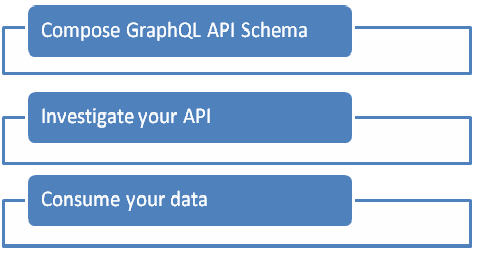
1. Compose GraphQL API Schema
With GraphQL, you can easily describe your API and implement the functions that map your schema as per your existing backend. Have a look below:
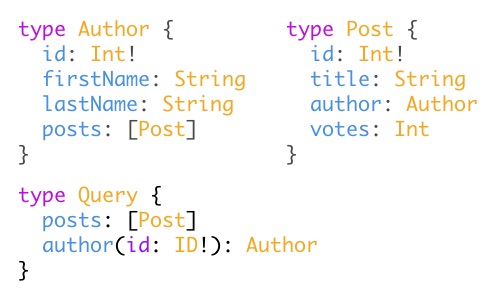
2. Investigate your API
When you compose your first GraphQL question, you won't have any desire to get information some other way. Utilize intelligent devices to get the information you need.
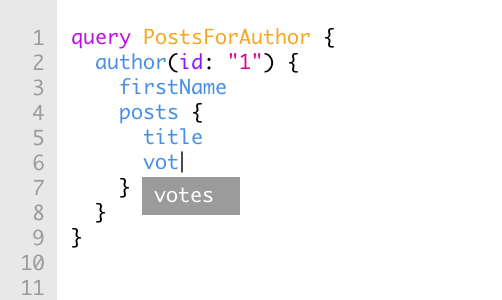
3. Consume your data
Utilize your information and construct applications quicker than you suspected conceivable, with any frontend innovation or system.
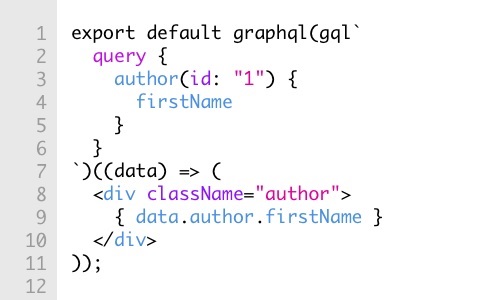
Best Practices of GraphQL
1. Utilizing input object type for mutations
It is important to utilize only one variable for your mutation and utilize the input of the object type to rearrange the structure of your GraphQL reports. In our pattern, the model is our createPlanet transformation.
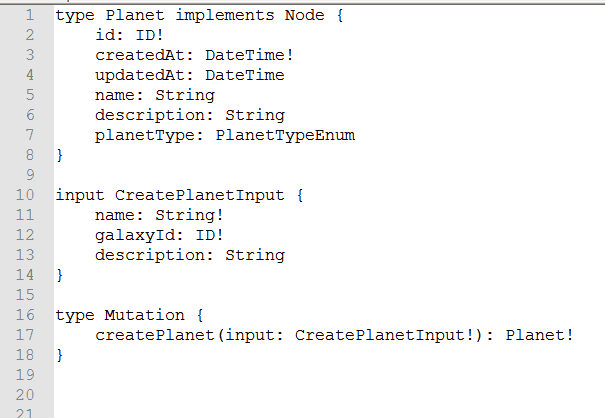
2. Executing inquiries
To understand the executing inquiries better, you must realize how queries are executed.
Each GraphQL question experiences three stages. Questions are parsed, approved and executed.
- Parse — A question is parsed into an Abstract Syntax Tree (or AST). ASTs are amazingly ground-breaking and behind tools like ESLint, babel, and so on. On the off chance that you need to perceive what a GraphQL AST resembles, look at astexplorer.net and change JavaScript to GraphQL. You will see a query on the left and an AST on the right.
- Approve — The AST is approved against the outline. Check for the right query grammar and if the fields exist.
- Execute — The runtime strolls through the AST, beginning from the foundation of the tree, conjures resolvers, gathers up results, and produces JSON.
For this model, we'll allude to this query:

3. Taking a closer look at resolvers
In the following couple of areas, we will utilize JavaScript, however, GraphQL servers can be written in practically any language.

Resolvers with four contentions — root, args, setting, data.
In some form or another, every resolver in every language receives these four arguments:
root — Result from the previous/parent type
args — Arguments provided to the field
context — a Mutable object that is provided to all resolvers
info — Field-specific information relevant to the query (used rarely)
These four arguments are core to understanding how data flows between resolvers
4. HTTP
GraphQL is normally served over HTTP by means of a solitary endpoint which communicates the full arrangement of abilities of the administration. This is as opposed to REST APIs which uncovers a suite of URLs every one of which uncover a solitary asset. While GraphQL could be utilized nearby a suite of asset URLs, this can make it harder to use with instruments like GraphiQL.
5. Pagination
Paginated results are extremely significant for security reasons and for the capacity to restrain the measure of records we might want to recover from the server. It is a decent practice to structure paginated results as pursues:

This pagination depends on the cursor-based pagination. At whatever point you bring records; I suggest you use paginated records by default. You will abstain from breaking changes of the schema later and it is quite often a substantially more adaptable solution. You can likewise effectively actualize "amount restricting" and ensure yourself against asset depletion assaults, where somebody can inquiry a mind-boggling number of records from your database without a moment's delay.
GraphQL vs REST on base of Performance and Reliability
The primary GraphQL quality is by and large less talkative than customary REST API. GraphQL regards execution as its top need while REST is centered around keeping administrations dependability as their fundamental goal. Regardless of whether a REST API returns just a fundamental incomplete, it is yet moving more information, while GraphQL is continually going for the littlest conceivable solicitation. In a model, if the customer needs a field, they demand it, and if the API includes another field, customers don't get it, except if it's being included into the GraphQL inquiry.
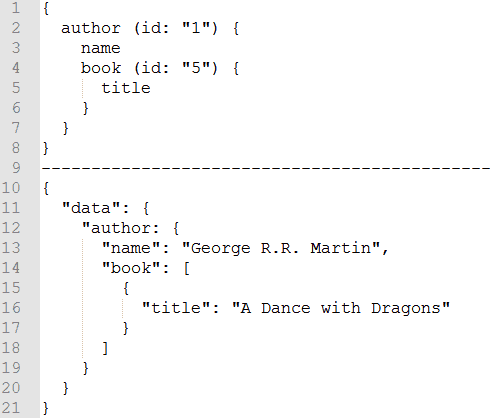
As discussed, the major difference between GraphQL and REST, you can see that GraphQL is quicker than REST since as you can pick the fields you need to question, so the request made will consistently be the littlest conceivable. Also, with GraphQL, you can enquire various substances in a single request, and because less bits will be moved over the wire so your tasks will perform quicker than while utilizing REST.
Who are the users of GraphQL?
GraphQL is now a days used by small as well as large vendors in many different environments and languages to empower mobile applications, websites, and API’s.
Start a new project or take an existing one to the next level.
Get Free Quote Now !
Final words
You now might be able to understand the foundation knowledge about GraphQL. With these points in mind, if you also have some concerns in regards to security and best practices in terms of GraphQL, you may consult with Valiant Technosoft and start developing GraphQL API for your ventures.

